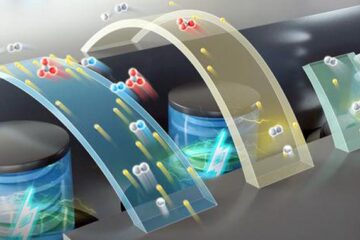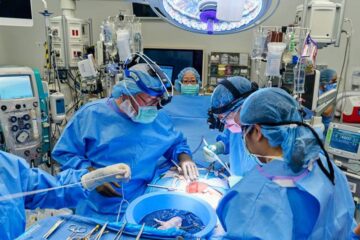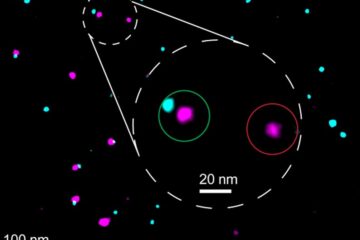Genome-wide studies have identified new genes involved in susceptibility to melanoma

The genomic analysis technologies enable the study of genetic factors related to numerous diseases. In few areas this researches brought such a big and useful volume of information as in the case of melanoma.
A study published in Nature Genetics, promoted by the GenoMEL consortium, consolidates the results obtained in previous whole-genome analysis and identifies three new chromosomal regions implicated in susceptibility to melanoma. The GenoMEL consortium is funded by the European Commission and the National Institutes of Health (USA) to increase the understanding of genetic and molecular determinants of melanoma. Researchers at the Institut D'Investigacions Biomèdiques August Pi i Sunyer (IDIBAPS) and the Hospital Clínic of Barcelona have a relevant role among the promoters of this consortium led by the University of Leeds. Dr. Susana Puig leads the research team, formed by many experts as Dr. Josep Malvehy or Dr. Joan Anton Puig, and appears as an author in this Nature Genetics paper as well as in another one led from Australia. This team is supported by the CIBER of Rare Diseases (CIBERER) funded by the Spanish Ministry of Science and Innovation.
The conclusions of the European study revalidate regions and genes already identified as significant for melanoma in previous works. Thus the role of genes related to cell cycle as CDKN2A or CDK4, and other related aspects such as hair and eye pigmentation, is reinforced by the new data. The results identify too three new correlations with the risk of melanoma, located in different parts of the genome. On chromosome 2 investigators underline the role of Caspase 8, a gene related to programmed cell death or apoptosis; on chromosome 11 they localized ATM gene, linked to DNA repair, a necessary process specially after sunlight harmful effects overexposure; finally, the surprise was located on chromosome 21, where the MX2 gene was associated for the very first time with cancer and should be studied more carefully to understand its role.
The Australian work identified a large area of chromosome 1 rich with genes that might also be associated with melanoma. The relevance of these two works, both with the participation of researchers from IDIBAPS – Hospital Clínic, is reinforced by the fact that the results have been validated both in the European and Australian populations. Thus, the identified genes are relevant to the disease regardless of the population under study. Researchers face a complex puzzle, where environmental factors also play an important role. These data should aid studies aimed at designing new diagnostic and prognostic tools to make possible new treatments as well as to strengthen existing genetic counseling and diagnostic strategies.
For further information:
Institut D'Investigacions Biomèdiques August Pi i Sunyer (IDIBAPS)
IDIBAPS Communication
Àlex Argemí (aargemi@clinic.ub.es)
Tel: +34 93 227 57 00
www.idibaps.org
Media Contact
More Information:
http://www.idibaps.orgAll latest news from the category: Life Sciences and Chemistry
Articles and reports from the Life Sciences and chemistry area deal with applied and basic research into modern biology, chemistry and human medicine.
Valuable information can be found on a range of life sciences fields including bacteriology, biochemistry, bionics, bioinformatics, biophysics, biotechnology, genetics, geobotany, human biology, marine biology, microbiology, molecular biology, cellular biology, zoology, bioinorganic chemistry, microchemistry and environmental chemistry.
Newest articles

High-energy-density aqueous battery based on halogen multi-electron transfer
Traditional non-aqueous lithium-ion batteries have a high energy density, but their safety is compromised due to the flammable organic electrolytes they utilize. Aqueous batteries use water as the solvent for…

First-ever combined heart pump and pig kidney transplant
…gives new hope to patient with terminal illness. Surgeons at NYU Langone Health performed the first-ever combined mechanical heart pump and gene-edited pig kidney transplant surgery in a 54-year-old woman…

Biophysics: Testing how well biomarkers work
LMU researchers have developed a method to determine how reliably target proteins can be labeled using super-resolution fluorescence microscopy. Modern microscopy techniques make it possible to examine the inner workings…





















